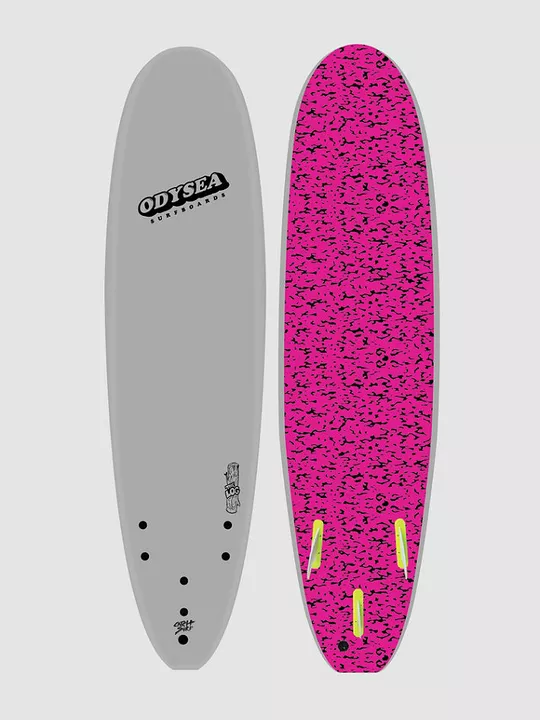Skateboarding Basics: Gear, Tricks, and Where to Ride in the UK
If you’ve ever watched a skateboarder zip down a boardwalk and thought, "I could do that," you’re in the right place. This guide breaks down everything you need to start skateboarding, from picking a board to staying safe on the streets.
Choosing the Right Skateboard
The first step is simple: get a board that matches your size and style. A standard deck is 7.5‑8.0 inches wide; beginners usually feel comfortable on an 8‑inch deck because it offers more stability. If you’re under 5'5" tall, a slightly narrower deck can help with control.
Next, look at the trucks. They connect the wheels to the deck and affect turning. Light‑weight aluminum trucks are common and work well for most riders. Make sure the truck hanger matches the deck width – the hanger should be within a quarter‑inch of the deck’s edges.
Wheels come in different durometers (hardness). Softer wheels (78a‑90a) grip better on rough pavement, while harder wheels (95a‑101a) slide easier on smooth skateparks. For city riding, a medium‑soft wheel around 83a gives a good balance.
Don’t forget the bearings. ABEC‑5 or ABEC‑7 rated bearings are accurate enough for beginners, offering smooth rolls without breaking the bank.
Finally, protect yourself. A helmet, knee pads, elbow pads, and wrist guards can keep minor falls from becoming serious injuries. Wear them until you feel confident with your balance.
Essential Tricks and Safety
Start with the basics: the push, glide, and stop. Push off with your front foot, keep your weight centered, and use the tail to brake by gently dragging it on the ground. Mastering this will make every other trick feel easier.
Once you’re comfortable riding, try the ollie – the foundational jump every skateboarder needs. Bend your knees, snap the tail down, and slide the front foot forward. It feels odd at first, but a few practice sessions will make it click.
After the ollie, move on to a shove‑it. It’s basically an ollie with the board turning 180° under your feet. Combine the shove‑it with a small turn and you’ve got a fun way to change direction quickly.
Safety isn’t just about gear; it’s also about where you ride. Look for smooth, well‑lit skateparks or dedicated skate lanes. Avoid busy roads, potholes, and wet surfaces. If you’re on the street, stay aware of traffic and always signal your intentions.
Practice spotting hazards before you start. A quick glance at the ground can reveal cracks, sand, or debris that could cause a slip. When you’re learning new tricks, stay close to a wall or rail that you can use for balance.
Keep your board in good shape. Clean the wheels and bearings regularly, and tighten the nuts on the trucks after each ride. A well‑maintained board rolls smoother and reduces the chance of losing control.
Finally, have fun. Skateboarding is as much about the vibe as it is about the skill. Ride with friends, share tips, and don’t be afraid to fall – every tumble teaches you something new.
With the right board, a few safety basics, and regular practice, you’ll be cruising UK skate spots in no time. Grab your board, hit the pavement, and enjoy the freedom that skateboarding offers.
If I can skateboard, then can I surf?
Surfing and skateboarding may seem like two completely different activities, but they both share an important connection - the thrill of riding on the waves. Skateboarding is a great way to learn the basics of surfing, such as balance, coordination and maneuvering. So, if you can skateboard, you can definitely learn to surf! With the right attitude and a little bit of practice, you can become a skilled surfer in no time. Plus, you will be able to enjoy the excitement of riding on the waves and experience the beauty of the ocean. So, don't wait any longer - if you can skateboard, you can definitely learn to surf!
